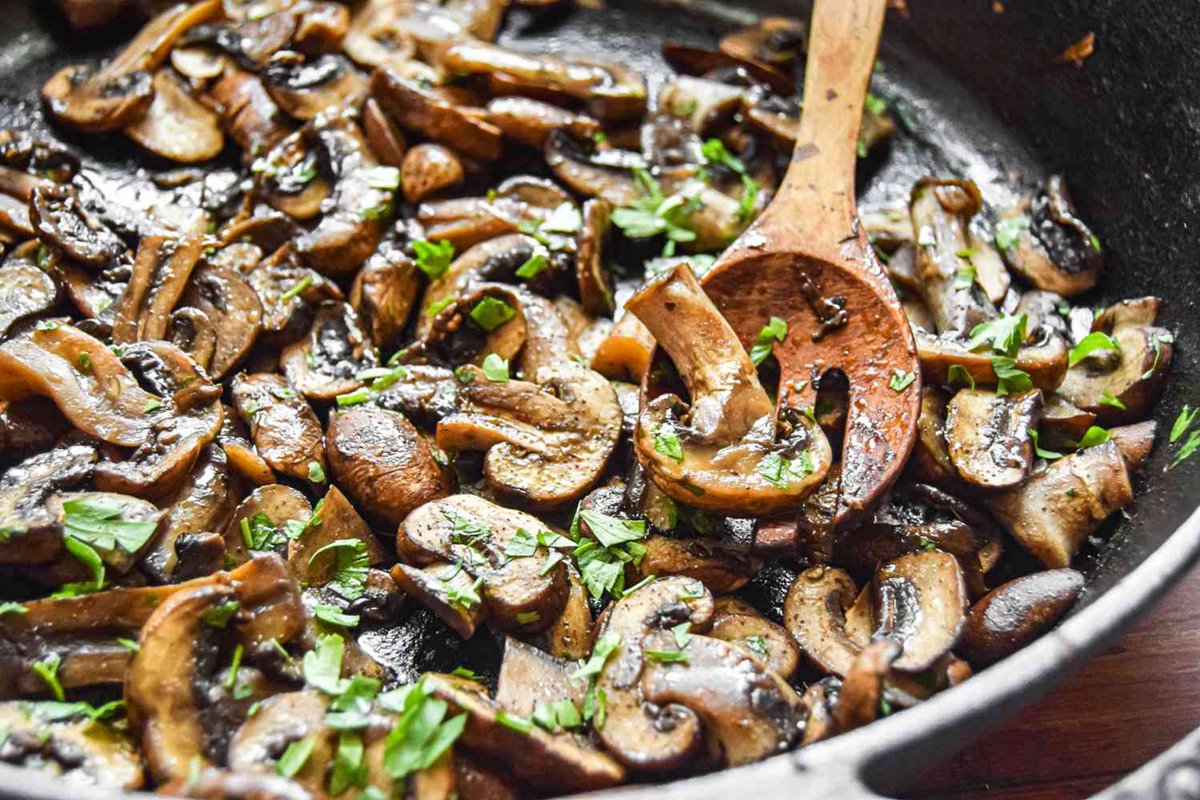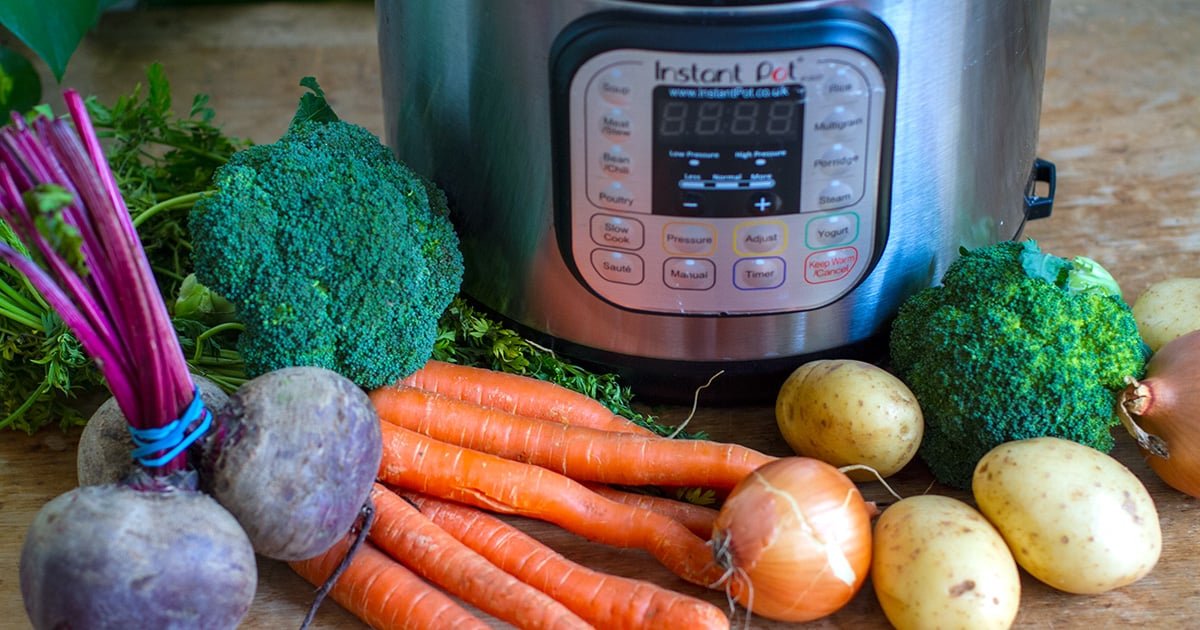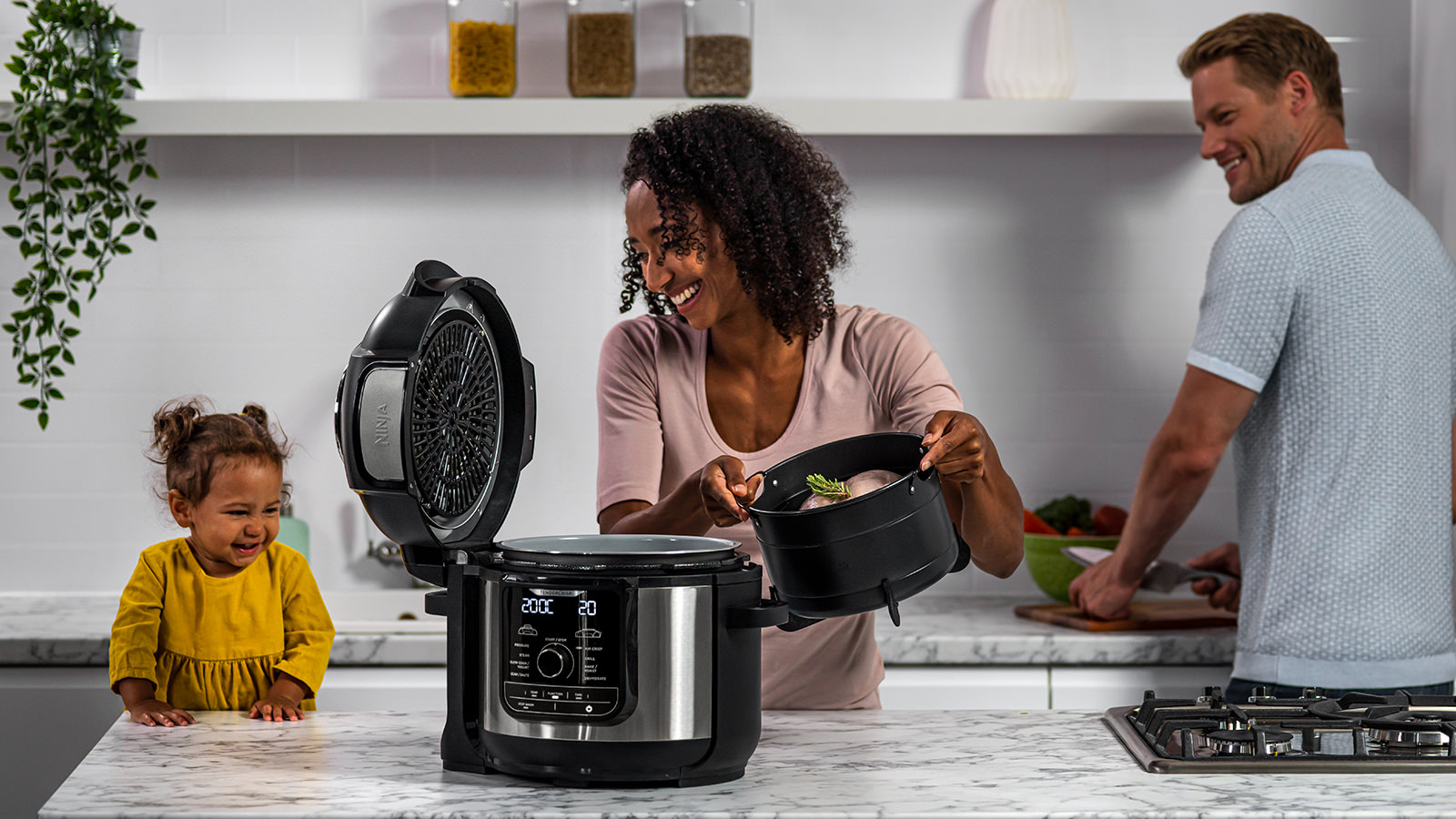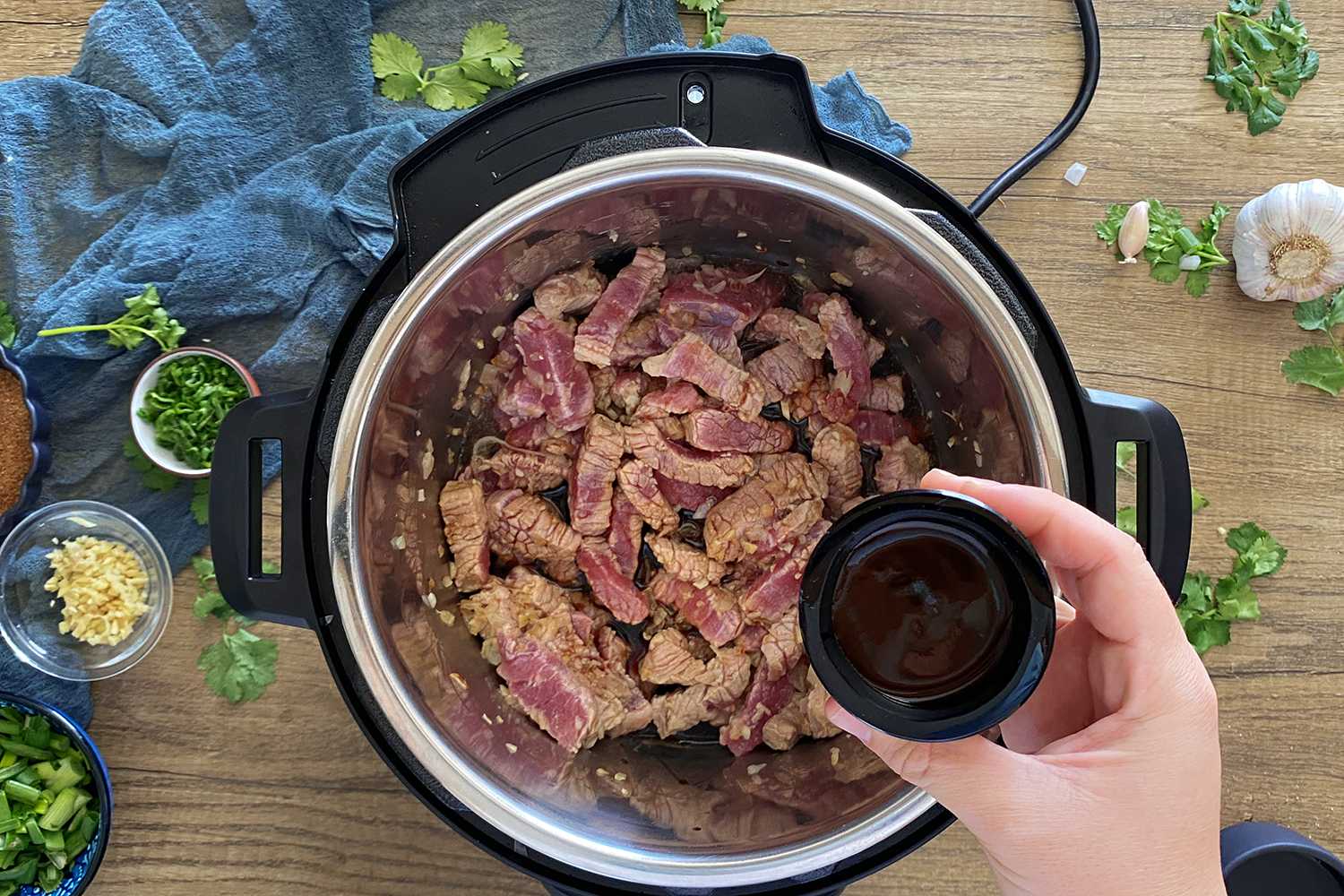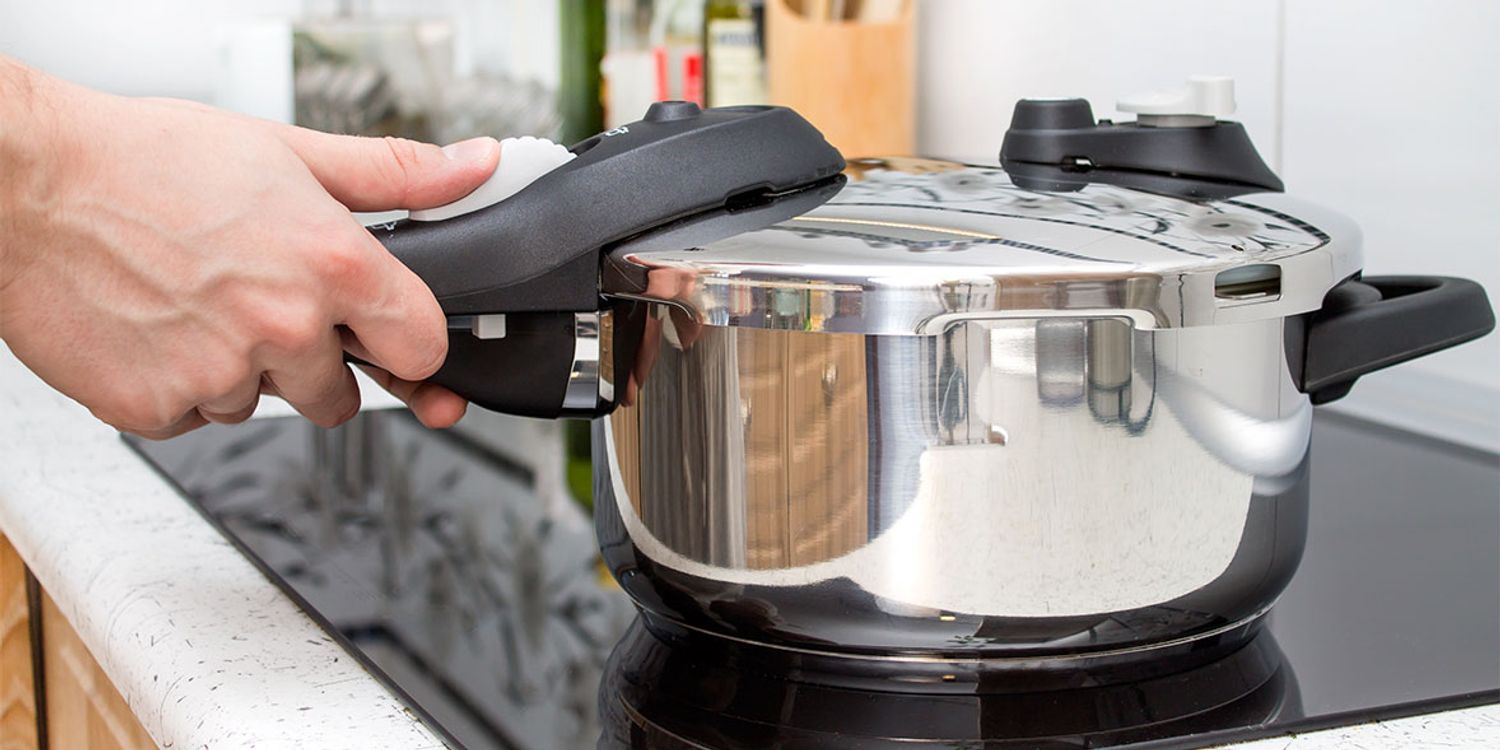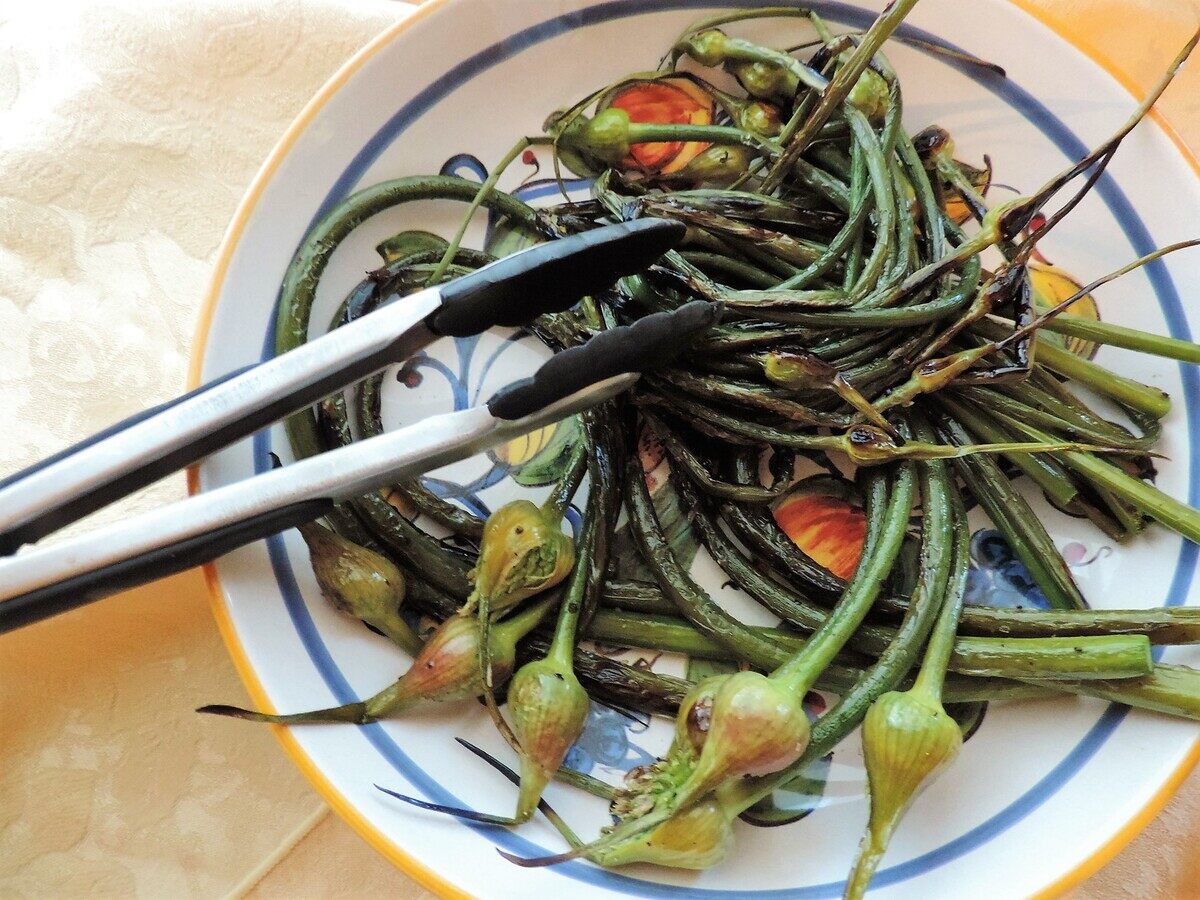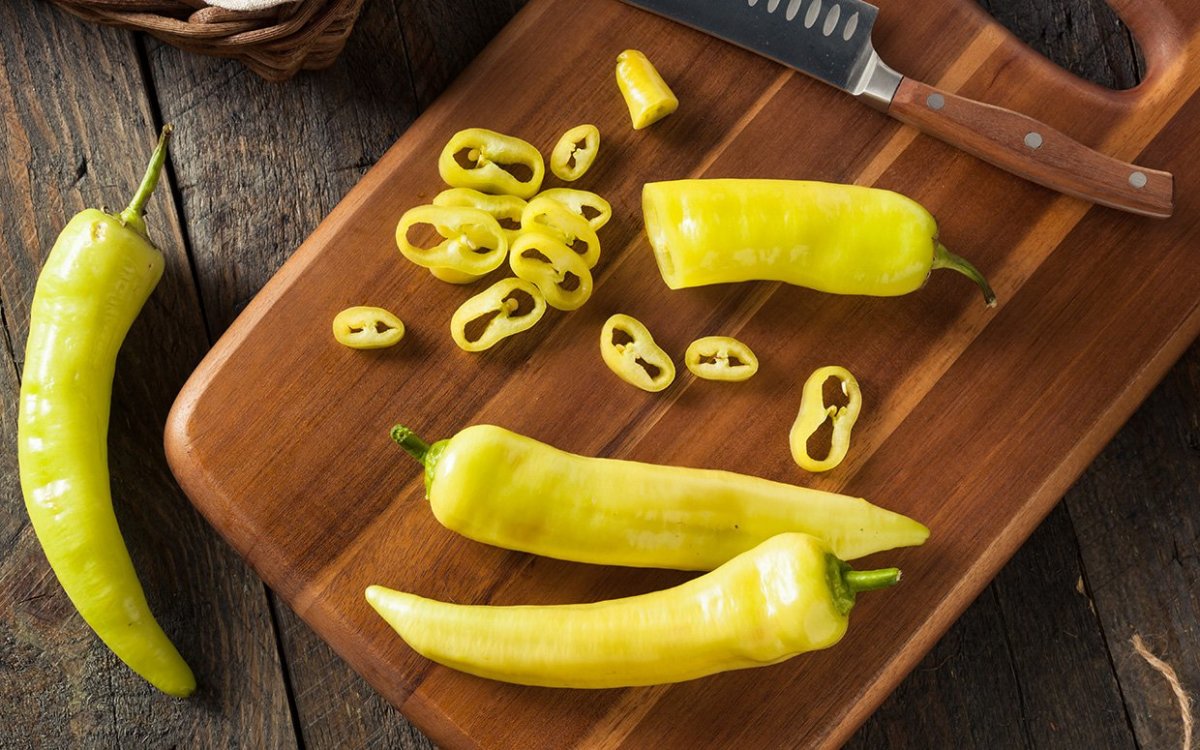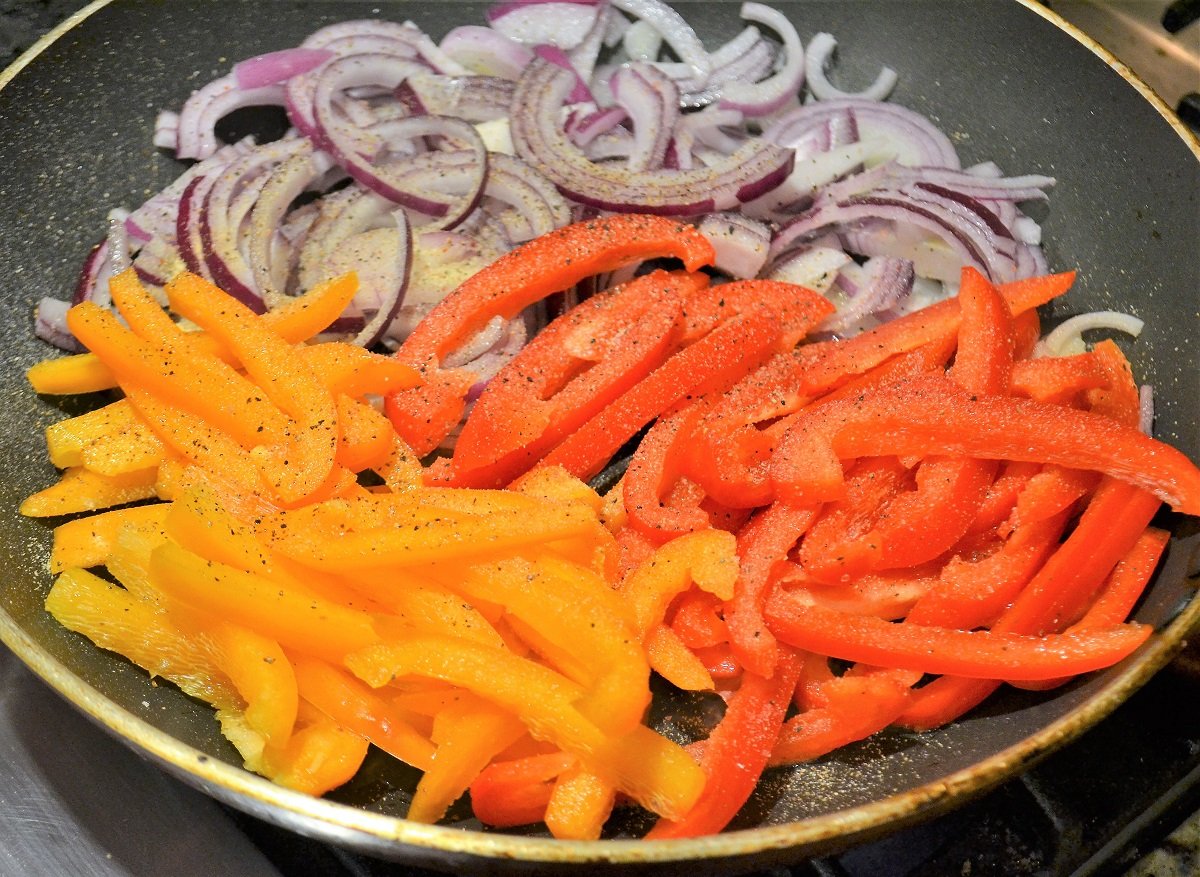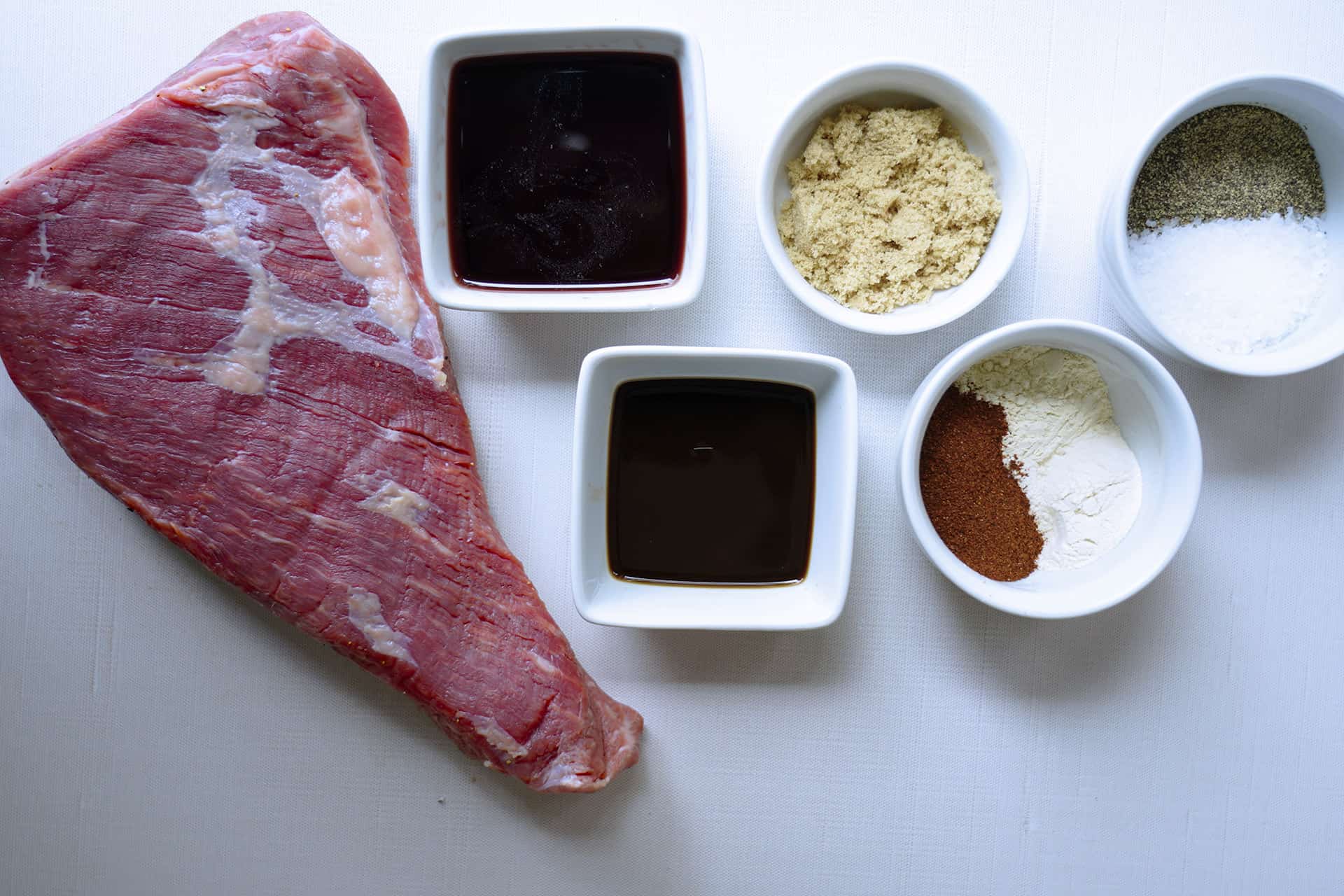Easy and Delicious: Sauteing Vegetables with Coconut Oil
Are you looking for a healthy and flavorful way to prepare your vegetables? Look no further than sauteing with coconut oil! This cooking method not only brings out the natural flavors of the vegetables but also provides a host of health benefits. In this article, we’ll guide you through the simple steps of sauteing vegetables with coconut oil to create a dish that’s both nutritious and delicious.
Why Coconut Oil?
Coconut oil is a popular choice for sauteing due to its high smoke point and unique flavor profile. Unlike other oils, coconut oil remains stable at high temperatures, making it ideal for cooking methods like sauteing. Additionally, the natural sweetness of coconut oil adds a delightful hint of flavor to the vegetables, enhancing their taste without overpowering them.
Steps to Saute Vegetables with Coconut Oil
Follow these easy steps to saute your favorite vegetables with coconut oil:
- Choose Your Vegetables: Select a variety of fresh vegetables such as bell peppers, zucchini, broccoli, carrots, and onions. These colorful and nutrient-packed veggies will create a vibrant and flavorful dish.
- Preparation: Wash and chop the vegetables into uniform pieces to ensure even cooking.
- Heat the Coconut Oil: In a large skillet, heat a tablespoon of coconut oil over medium-high heat. Allow the oil to melt and coat the bottom of the pan evenly.
- Add the Vegetables: Carefully add the prepared vegetables to the skillet. Use a spatula to toss and coat the vegetables with the coconut oil.
- Saute: Cook the vegetables, stirring occasionally, until they are tender yet still crisp. This usually takes 5-7 minutes, depending on the type and size of the vegetables.
- Seasoning: Sprinkle the sauteed vegetables with your favorite seasonings such as salt, pepper, or herbs to enhance their flavors.
- Serve: Once the vegetables are cooked to perfection, transfer them to a serving dish and enjoy as a side dish or a wholesome main course.
Health Benefits of Sauteing with Coconut Oil
Aside from its delightful flavor, sauteing vegetables with coconut oil offers numerous health benefits:
- Rich in Nutrients: Vegetables are packed with essential vitamins and minerals that are retained through the gentle sauteing process.
- Heart-Healthy: Coconut oil contains healthy fats that can support heart health when used in moderation.
- Antioxidant Properties: The colorful array of vegetables combined with the antioxidant properties of coconut oil creates a powerful, health-boosting dish.
- Improved Absorption: Some nutrients in vegetables are fat-soluble, meaning they are better absorbed by the body when consumed with a source of healthy fat like coconut oil.
Experiment with Flavors
One of the best things about sauteing vegetables with coconut oil is the opportunity to experiment with different flavor combinations. Consider adding a sprinkle of curry powder for an exotic twist, or a dash of garlic for a savory kick. You can also toss in some toasted coconut flakes for added texture and a touch of sweetness.
Whether you’re preparing a quick weeknight dinner or hosting a gathering, sauteed vegetables with coconut oil are sure to impress with their vibrant colors, rich flavors, and healthful appeal. Give this simple cooking method a try and elevate your vegetable dishes to a whole new level!
So, the next time you’re in the mood for a nutritious and delectable vegetable dish, reach for the coconut oil and get sauteing!
For those looking to bring out the natural flavors of vegetables while enjoying the benefits of coconut oil, there are several recipes worth trying. The Stir-Fried Veggie Medley with Coconut Oil offers a delightful mix of textures and tastes, making it a versatile dish for any meal. If you're a fan of bold, colorful dishes, the Coconut Oil Sauteed Broccoli and Bell Peppers is a must-try, with its vibrant appearance and crisp-tender bite. For a more hearty option, the Coconut Oil Sauteed Brussels Sprouts with Garlic provides a comforting yet nutritious side. Lastly, the Coconut Oil Sauteed Butternut Squash and Sage combines sweet and savory flavors, perfect for those seeking a seasonal twist. These recipes not only guide you in mastering the art of sautéing with coconut oil but also promise to elevate your culinary experience.
